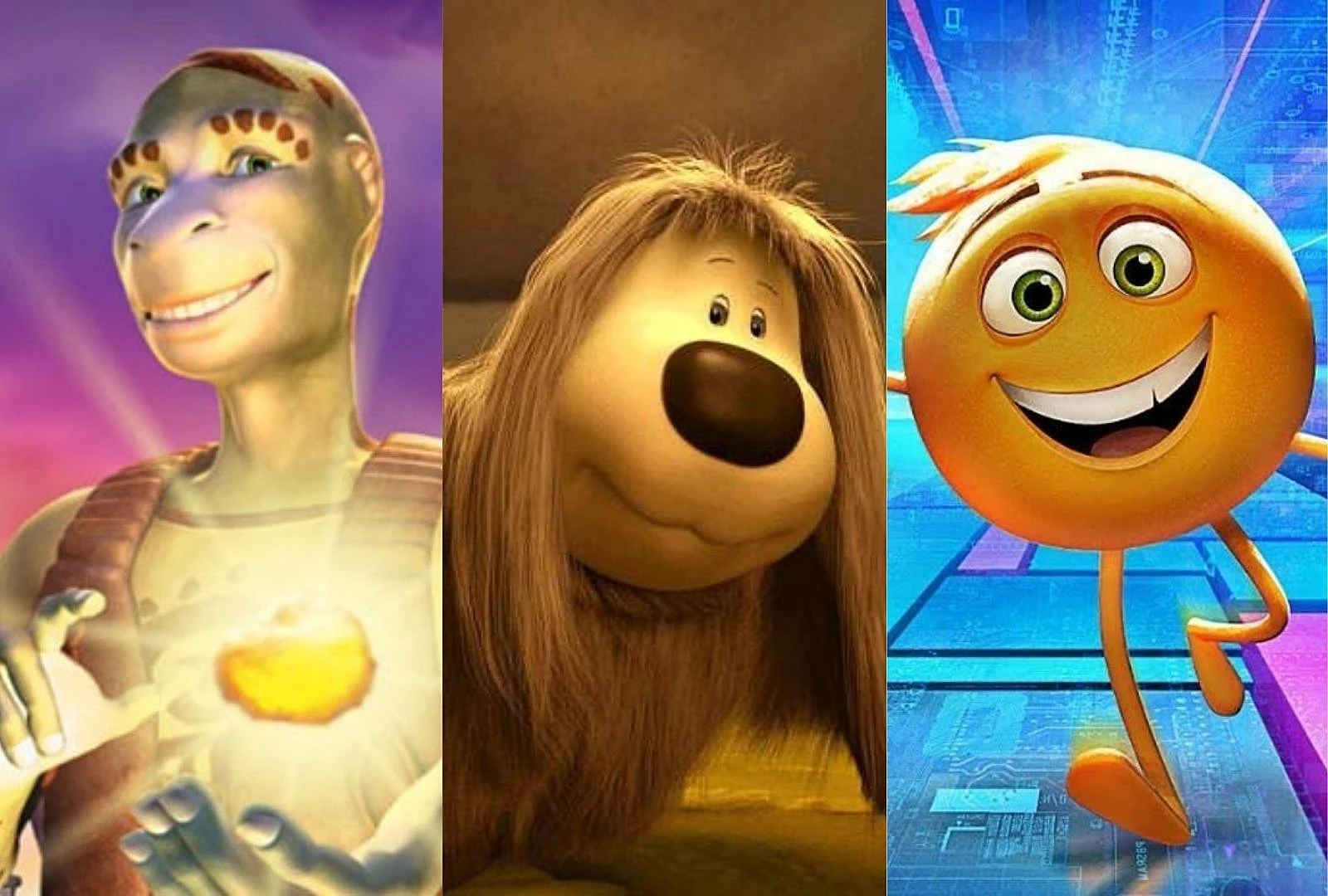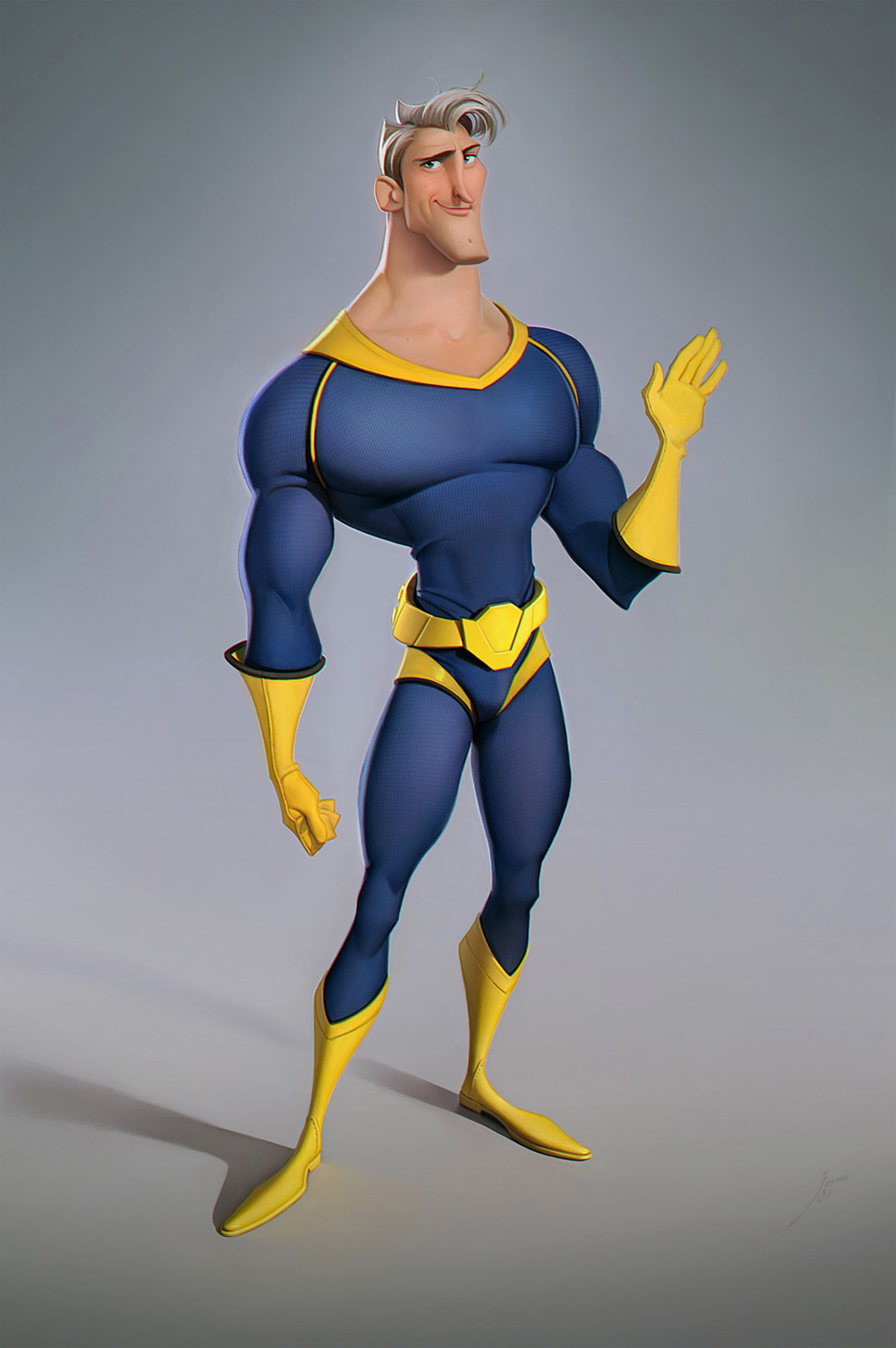
5 1888–1908: Earliest animations on film.This article details the history of animation which looks like drawn or painted animation, regardless of the underlying technique.

#Most realistic cartoon animation movie
For instance, the first feature movie made on computers, without a camera, is The Rescuers Down Under (1990), but its style can hardly be distinguished from cel animation. Some productions may be recognized as Flash animation, but in practice, computer animation with a relatively two-dimensional appearance, stark outlines and little shading, will generally be considered "traditional animation". Computer animation is mostly associated with a three-dimensional appearance with detailed shading, although many different animation styles have been generated or simulated with computers. Hand-drawn animation, mostly animation painted on cels, was the dominant technique throughout most of the 20th century and became known as traditional animation.Īround the turn of the millennium, computer animation became the dominant animation technique in most regions (while Japanese anime and European hand-drawn productions continue to be very popular). Between 18, during the rise of the cinematic industry, several different animation techniques were developed, including stop-motion with objects, puppets, clay or cutouts, and drawn or painted animation. In 1833, the stroboscopic disc (better known as the phenakistiscope) introduced the stroboscopic principles of modern animation, which decades later would also provide the basis for cinematography. Much later, shadow play and the magic lantern (since circa 1659) offered popular shows with projected images on a screen, moving as the result of manipulation by hand and/or minor mechanics. Humans have probably attempted to depict motion as far back as the paleolithic period. The history of animation started long before the development of cinematography. For the history of computer animation, see History of computer animation.


For the history of stop motion animation, see Stop motion. This article is about the history of traditional animation.


 0 kommentar(er)
0 kommentar(er)
